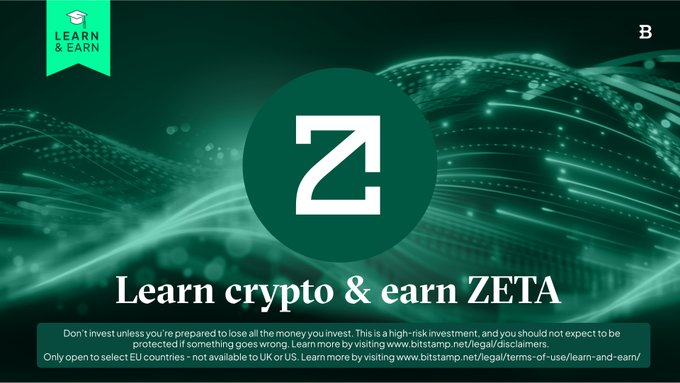Dear @zetablockchain
ZetaChain: Breaking down blockchain barriers to achieve seamless cross-chain communication.
In simple terms, ZetaChain is a bridge that allows information to be seamlessly transmitted between blockchains, solving one of the most challenging issues in our current blockchain world: cross-chain communication.
In the past few years, there have been many attempts at similar cross-chain protocols. For example, the well-known BTCRelay allows Bitcoin transactions to be verified on Ethereum. In principle, it deploys a lightweight client on Ethereum to read the Bitcoin blockchain and verify transactions. Although this method enables "dialogue" between Bitcoin and Ethereum, the problem is that it is not only resource-intensive but also vulnerable to 51% attacks. This means that if the Bitcoin network's hash power is attacked, this cross-chain method could potentially fail.
Lightweight Cross-Chain: ZetaChain's Breakthrough
So, how does ZetaChain achieve this? Its core idea is "lightweight" and "trustless." In traditional cross-chain protocols, verification and trust often rely on a single third party, such as a guardian or validator. ZetaChain, however, avoids the trust vulnerabilities of traditional models by designing a more decentralized approach. It introduces a "consensus bridge" that allows different blockchains to communicate without the need for trust endorsements.
In other words, ZetaChain does not rely on any centralized intermediaries; all verification processes are based on the blockchain's consensus mechanism. The benefit of this approach is higher security and relatively lower costs. As we all know, cross-chain operations usually incur significant gas fees, but ZetaChain has optimized its technology to reduce these costs, achieving more efficient cross-chain transmission.
How does ZetaChain work?
When a transaction is completed on Blockchain A, and you want to perform a corresponding operation on Blockchain B, the traditional method may require you to trust a third party or wait for a long verification time. ZetaChain, on the other hand, completes this process quickly and securely through its consensus mechanism.
Specifically, ZetaChain's cross-chain communication is achieved through "message passing." In this regard, it uses protocols like LayerZero to enable efficient message and data transmission between Blockchain A and Blockchain B. Most importantly, ZetaChain supports not just simple asset transfers during cross-chain operations, but also the interoperability of smart contracts and DApps.
@Galxe #Starboard
Show original
13.64K
32
The content on this page is provided by third parties. Unless otherwise stated, OKX is not the author of the cited article(s) and does not claim any copyright in the materials. The content is provided for informational purposes only and does not represent the views of OKX. It is not intended to be an endorsement of any kind and should not be considered investment advice or a solicitation to buy or sell digital assets. To the extent generative AI is utilized to provide summaries or other information, such AI generated content may be inaccurate or inconsistent. Please read the linked article for more details and information. OKX is not responsible for content hosted on third party sites. Digital asset holdings, including stablecoins and NFTs, involve a high degree of risk and can fluctuate greatly. You should carefully consider whether trading or holding digital assets is suitable for you in light of your financial condition.

